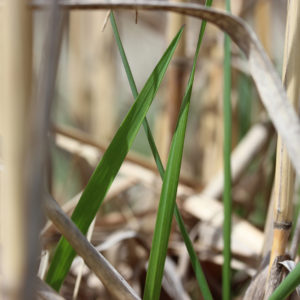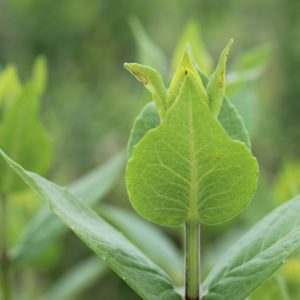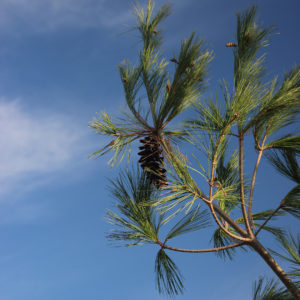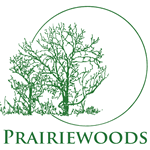“Conversation is perhaps our greatest hope not only for healing the rifts in human understanding but also for restoring and reinspiring our relationship with the natural world, which is our first and most profound home. Care of the world is always essential, and care arises from conversation.”
—Thomas Dean, Introduction, Tallgrass Conversations: In Search of the Prairie Spirit, by Cindy Crosby and Thomas Dean (Ice Cube Press, 2019)

One of my beloved mantras for life is a famous one from poet Mary Oliver:
Instructions for living a life:
Pay attention.
Be astonished.
Tell about it.—Mary Oliver, “Sometimes,” Red Bird, Beacon Press, 2008
This is how I strive to act as a writer, as a photographer, and as a human being relating to the greater world around me. In my previous “Nature Conversations” blog entries, I’ve emphasized Oliver’s first two instructions when in conversation with the natural world: to pay attention and to be astonished. But crucial to a full nature conversation is that third step: to tell about it, to bring others into the conversation.
I take Oliver’s “tell about it” broadly. It doesn’t just mean “tell” in a linguistic sense, literally speaking with someone else about our experience or even writing about it (though those are good things to do). More generally, to “tell” something means to reveal it, and we humans are good at doing that in all kinds of ways.

Andrés R. Edwards in his wonderful book Renewal: How Nature Awakens Our Creativity, Compassion, and Joy (New Society Publishers, 2019) helps me understand the telling part of our nature conversations when he talks about “awe.” As I’ve mentioned before in these blog entries, I’m talking about “awe” in its fullest sense—that overwhelming sense of wonder or reverence (and yes, sometimes even terror) when encountering something grand, sublime, or powerful … something greater than ourselves. “Awed” could be another word for Mary Oliver’s “astonished.” When we are in conversation with nature, we are at our deepest engagement when we become astonished or awed.
Citing psychologists Dacher Keltner and Jonathan Haidt, Edwards emphasizes that awe “has two distinct qualities: perceived vastness (the feeling of something greater than ourselves) and accommodation, the need to integrate the sense of something vast into our being” (25). That second part, “accommodation,” comes after the awe-inspiring experience and “involves creating a frame of mind in which we can integrate the event into our life experience” (25). For Edwards and the psychologists he cites, this accommodation also involves behavior, particularly awe’s ability to inspire “prosocial”—or positive—behavior, which often includes “creative outcomes.”
 For me, Edwards’ “accommodation” simply means we need to do something with our awe-inspiring experiences, and that something involves sharing them with others in some way—Oliver’s “tell about it.” That could be writing a poem, telling a story, painting a picture, taking a photograph, composing or singing a song, engaging in a talk with a friend or loved one, participating in environmental stewardship or activist activities, taking part in a spiritual ceremony—whatever form of “conversation” with others speaks the truth of your experience most appropriately and wonderfully.
For me, Edwards’ “accommodation” simply means we need to do something with our awe-inspiring experiences, and that something involves sharing them with others in some way—Oliver’s “tell about it.” That could be writing a poem, telling a story, painting a picture, taking a photograph, composing or singing a song, engaging in a talk with a friend or loved one, participating in environmental stewardship or activist activities, taking part in a spiritual ceremony—whatever form of “conversation” with others speaks the truth of your experience most appropriately and wonderfully.
We may think of conversation as a “two-way street,” but in reality it is multidirectional. With nature conversations, we often interact with nature individually, but ultimately it’s a much more collective experience. Just remember that a full nature conversation compels us to bring others into the exchange. Especially during these COVID times, when we are apt to engage in more solitary experiences than usual, “telling about it”—for both our and others’ sake, as well as for the sake of the earth—has never been a more important part of the nature conversation.
—Thomas Dean, Prairiewoods programming facilitator and co-author (with Cindy Crosby) of Tallgrass Conversations: In Search of the Prairie Spirit (Ice Cube Press, 2019)


